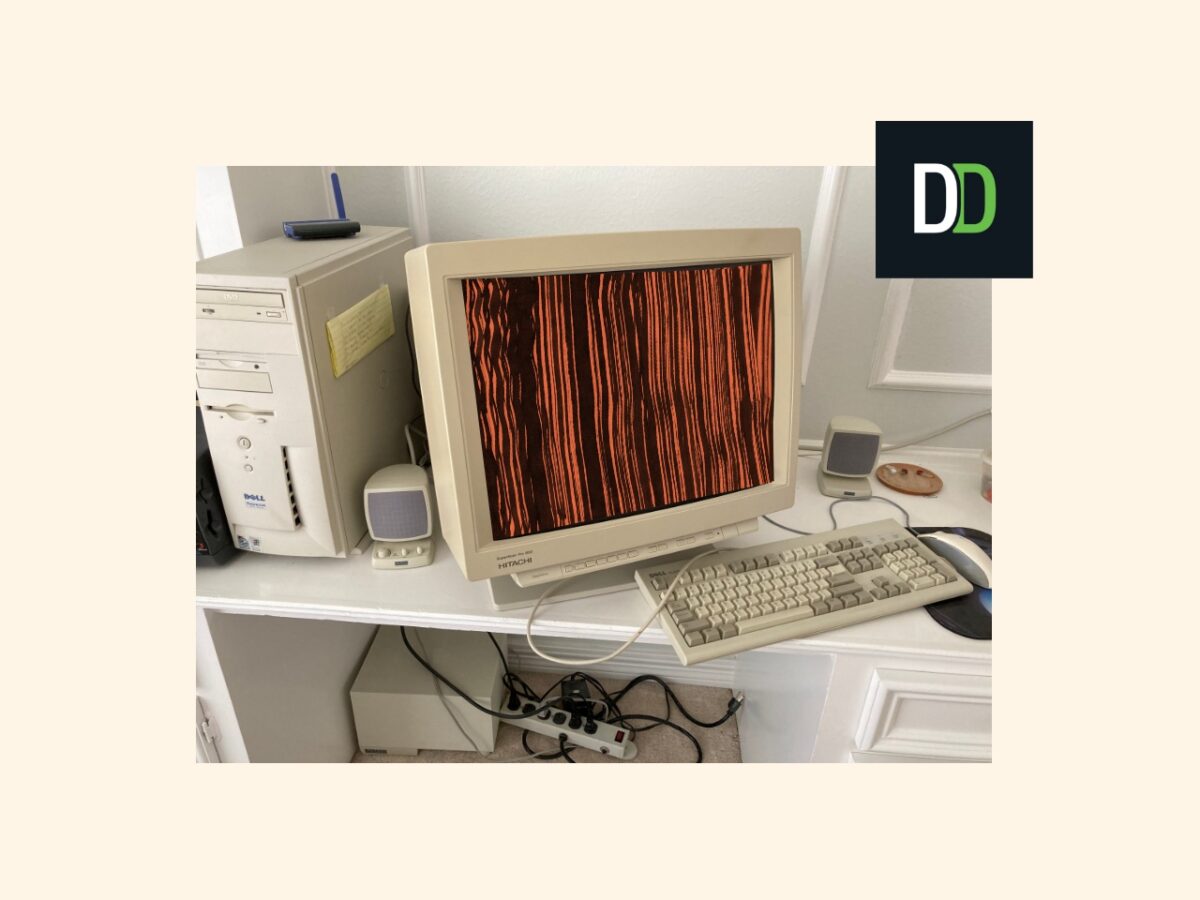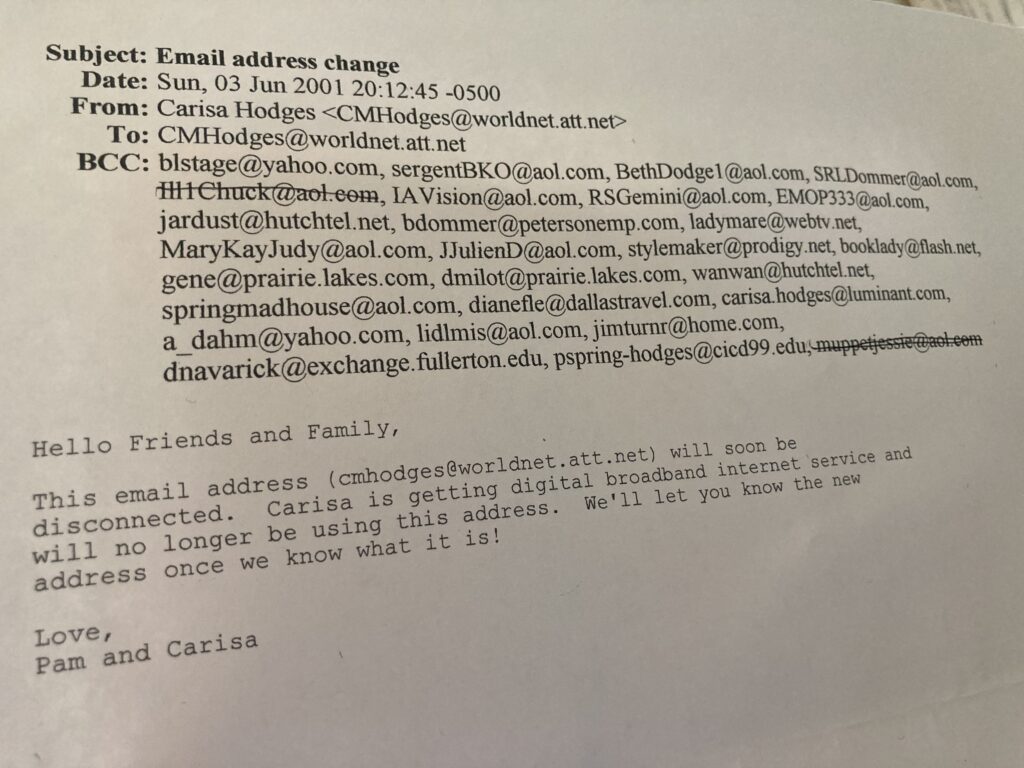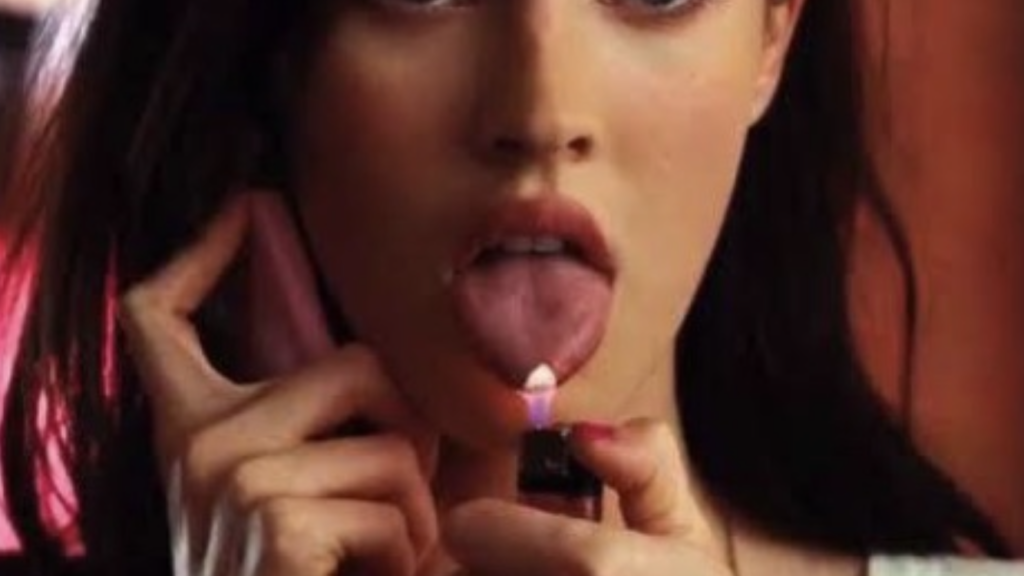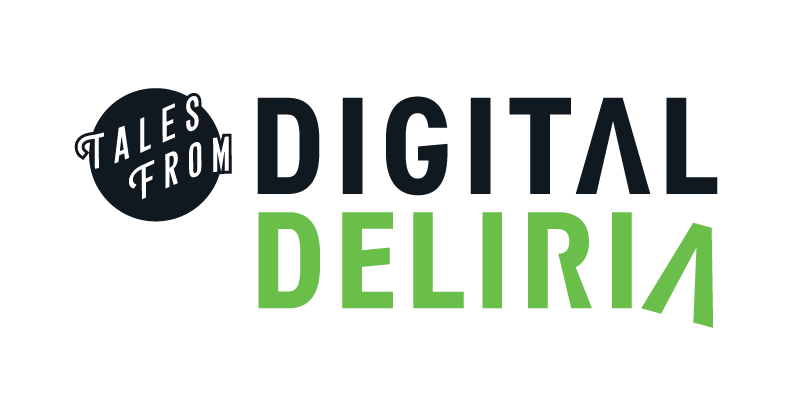Social Media Was a Good Idea. Was.

Act One
The sun rose in our social lives with a fresh way to connect and share. Our initial instinct?: Just become “friends” on Facebook with everybody we know! That included all of our coworkers. (Especially if you worked in tech yourself.)
Sure, we stayed connected. And maybe learned a little about our fellow human by doing so. But after many years, we discovered that social media is more of a time capsule of who we knew when it launched, versus a tool that deepened any relationship.
People don’t really add anyone to Facebook anymore unless they know them, and even then — not until they know them a while. Maybe that’s good or bad.
Either way, our early dreams of the internet died… it is not what we believed or wanted: a means of global connection, divine understanding across people, and true appreciation of diverse cultures. It is… something decidedly different.
Plus, where did the music go? Oh, how quickly MySpace (zone of non-uniformity and pervasive tunes) just shriveled up and died with no explanation. Old tech: so easily abandoned.
Act Two
Social media — without us realizing it — replaced our tendency to form our own distribution lists (e.g. email). In this way, social media took control of the messaging. We post, but who knows really who sees it. Does anyone? And why/why not? It’s utterly out of our control.
And by the way, if we have business connections that “followed” us, why do we need to pay $10 to “boost” our post to reach them all? Didn’t our audience already basically “opt in”?
Email was imperfect too. Given no one liked to read, ignored email grew to unmanaged digital litter. But ignoring content was the reader’s choice, not the social media platform’s choice. Social media is now rife with assumptions about relevance, irrelevance, and outright censorship. It allows our tree to fall in the forest and indeed no one hears.
Aside: That’s why this website is in an old school format. We are officially rebelling against our no-read culture and bringing deep reading back for those who are open-minded and willing.

Who doesn't remember the fun of messages, lovingly shared among friends via email? Versus the vast, unsatisfying "nothingness" of social media today? Who doesn't pine for those early technology days? And did our best days dissolve with the disappearance of salutations?
Act Three
A woman remembers a time before the internet. A girlhood where every magazine cover and TV commercial reinforced the expectations of chaste sexpot womanhood.
Now, day after day, big tech presents a familiar dichotomy to the woman.
Remembering the content of childhood, she bristles at the latest online “version” of it. The sexpot remains, but instead of being chaste, ill health is the new virtue. On her screen:
- One platform presents a retailer’s wares via overweight women posing in swimsuits.
- Another platform presents a woman sticking her provocative tongue out, accompanied by a headline: “See her wearing see-through lingerie as clothing”.
The woman saves screen captures of the two images, identifying the hypocritical duality. Her energy channels to post the pictures on social media:
“Yes I do buy from this particular retailer, but not plus size. And no, I do not look up porn on Google. So, how is this explained? Is this some society-condoned descent into self-assured ill health, whilst devolving into a misogynistic female fantasy world that negates anything the original ‘Me Too’ movement stood for?”
The next day, she re-enters the platform to find that her access is blocked.
The all-helpful and all-knowing platform tells her the image of tongue-woman was removed. Further, that posting the image concerned them because it suggested interest in “self injury” and “suicide”.
“We want to support you,” the platform coos.
The gall, she thinks. THE GALL. These images were pushed to ME by the big tech conglomerates, and I just called them out as misogynistic!
If the wild conclusion about self harm and suicidal tendencies is in fact real, WHY is big tech pushing this material to me? In effect, making an admission that they are nudging those tendencies?
She stews. She closes the platform’s message, and expects to be able set the record straight… to speak her mind. But like a punished child, the platform then forces her to “accept” their community standards before being allowed back on. With no means of calling out their blatant hypocrisy until she bowed down to agree that what she did was “wrong”, she is humiliated a second time.
She concludes in that moment that this is proof that big tech institutionalizes harm to women.
Yet, despite the obvious sexism of the initial imagery, she begins to second-guess posting a picture that is now blocked.
What was so wrong about the image that I am now the one being punished?, she thinks.
She returns to her camera reel to look at the photo again.
A tear wells in the corner of her eye as she discovers something she never noticed before.
In the lower corner of the image, the woman is holding something close to her mouth, nearly out of sight. It’s a lighter. Its flame reaches up, burning the tip of her outstretched tongue.
It’s even sicker and more misogynistic than I originally thought, she thinks.
She’s hardened by life, and fearless about speaking out. But it scares her: What is this doing to our young girls, who might let this crap wash over them, and worse yet — engage in “self harm” or “suicidal tendencies” as a result?
Epilogue
In Act Three, women and girls are doubly harmed:
- Harmed by the original material.
- Harmed again by being censored and ridiculed for pointing out the hypocrisy of the harm fostered by big tech.
What will the tech conglomerates do next to hide their harm to you? Or stated in a different way, what is Act One of the next story?

Please “like” if you did on social media (@DigitalDeliria), share, and post your comments.
Don’t want to miss a future story? Be sure to sign up for our mailing list.
